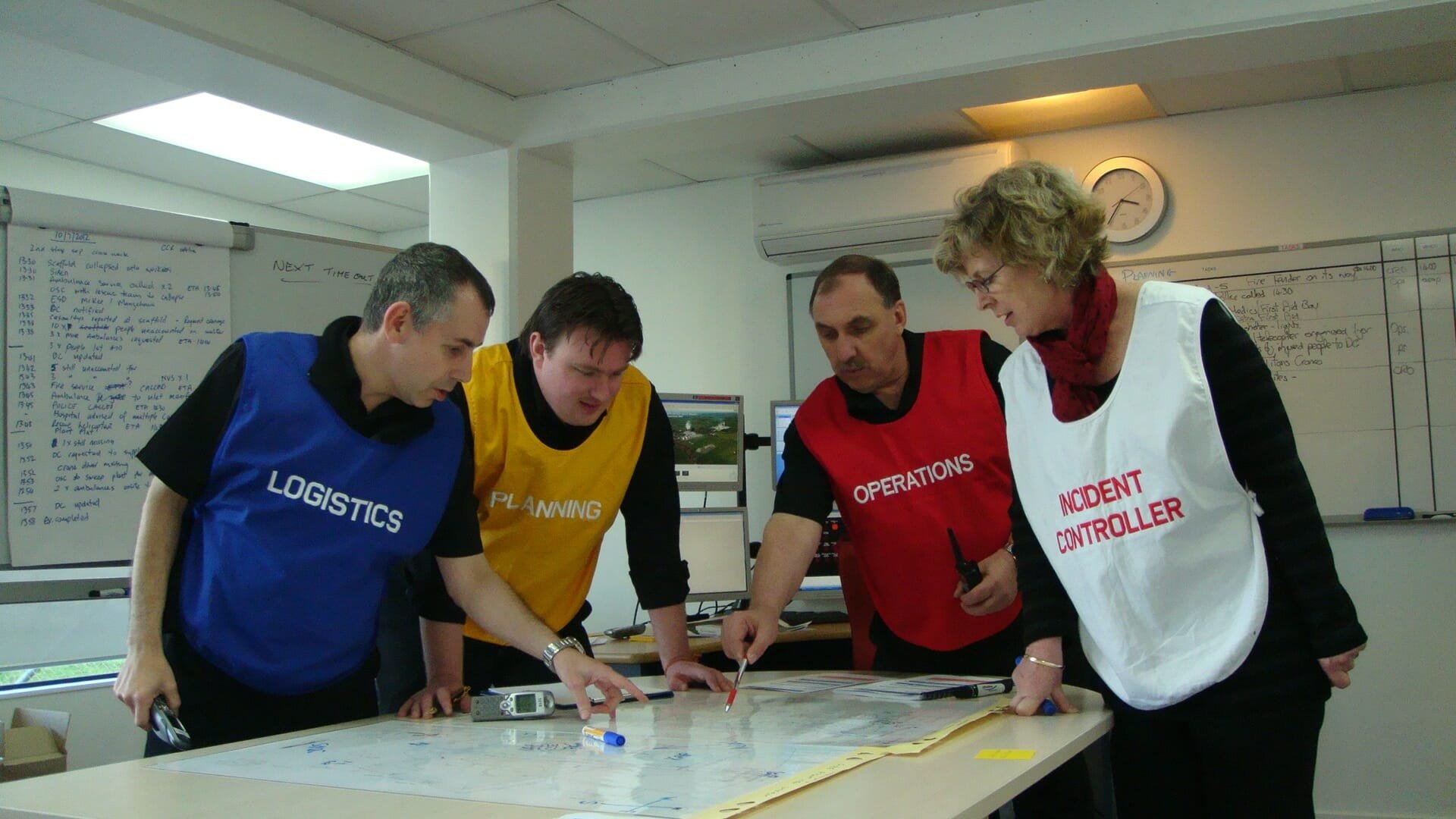FEBI and Emergency Response Leadership
By Nate Weed
In the Zen Leader courses we invest some time working with the FEBI (i.e., Focus Energy Balance Indicator) and exploring how those energies can be applied as we connect with others and enter into the challenges of our work and lives. Over the past couple of years, we’ve all seen public health, health care, and emergency response organizations working to control the spread of COVID-19 in our communities and prevent the serious outcomes that disease can cause. Organizing and leading these response efforts is part science, part art, and part application of best practices. Almost all of the organizations that do this work rely on federal funding for most of their emergency preparedness activities. With this funding, comes requirements these organizations must meet, including use of the Incident Command System (or a variation) to organize their response efforts. The Incident Command System is based on a paramilitary structure and general principles which, at first glance (maybe even after fifty glances) seem paradoxical to collaborative leadership. During the last Zen Leader 2 training, we took a fresh look at the Incident Command System through the lens of the FEBI and saw how it contained the elements of a collaborative and balanced approach.
In its basic configuration, the Incident Command System relies on a single incident commander to lead four organizational components: the operations section, the logistics section, the planning section, and the administrative and finance section. According to the rationale for this system, these sections represent key functions that almost all organizations must fulfill. Energetically these four functions are closely aligned with the four energy patterns of the FEBI - Driver, Collaborator, Visionary, and Organizer, respectively.
The operations section is responsible for doing critical life-saving, property-protecting, environment-protecting, and crisis-stabilizing work. For success, the operations section must apply considerable Driver energy.
The logistics section is responsible for getting things to support the effort - think of “Radar O’Riley” from the old television series, MASH. This section must apply a great deal of Collaborator energy to bring all the right resources and relationships together.
The planning section is responsible for looking out on the whole of the event and shaping the vision for how the team might stabilize the situation. Here’s where Visionary energy comes to the fore.
Finally, the administrative and finance section helps shape the financial and procedural guidelines around the effort applying much Organizer energy.
From the FEBI perspective, the leadership of these organizations becomes more about understanding and effectively applying all four of those energies to create conditions where safety can emerge in crisis. Additionally, this perspective opens many opportunities for collaborative leadership in structures that may otherwise seem too rigid and hierarchical.
Nate Weed is a public health leader, incident command trainer and aikido instructor.

